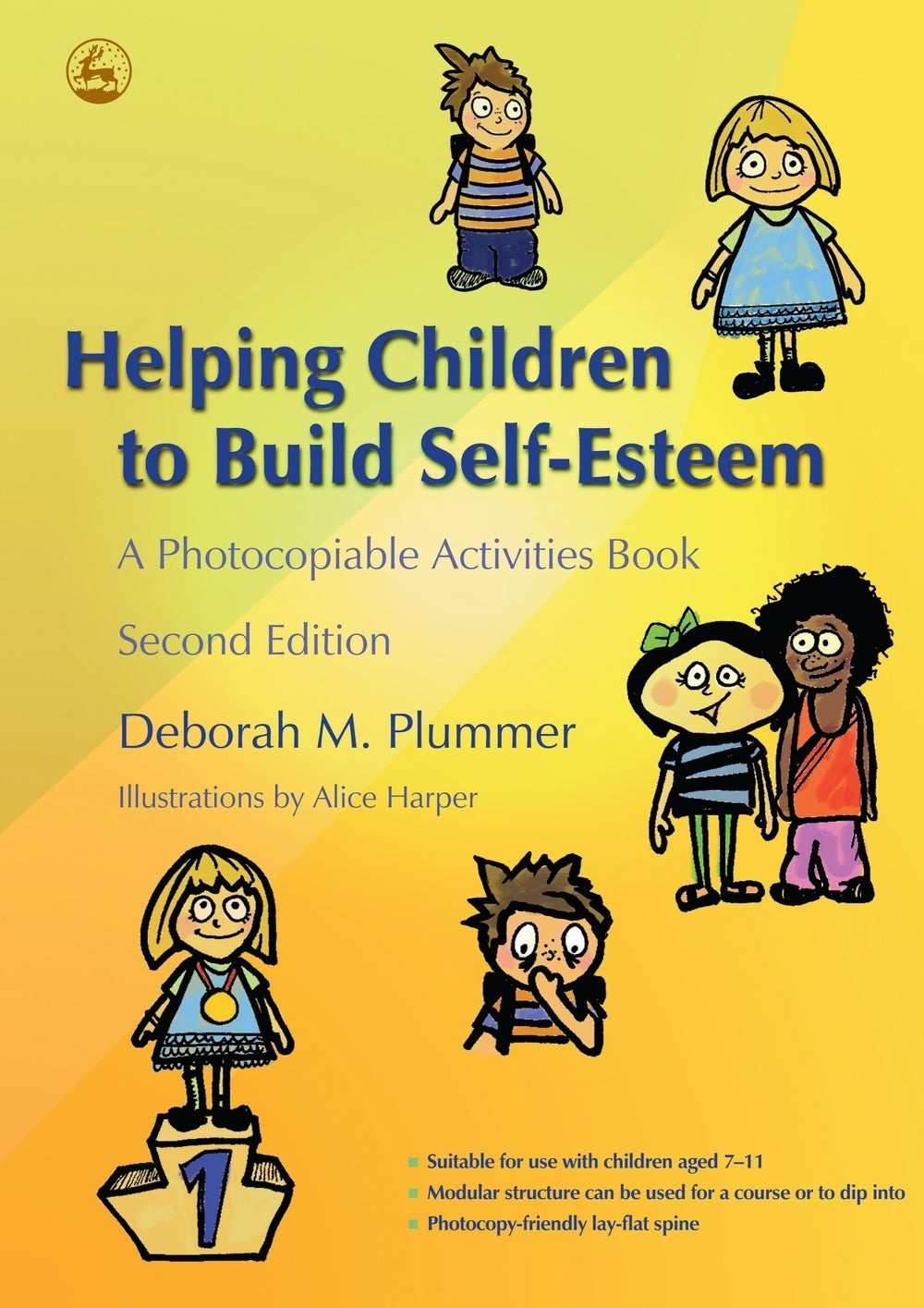
Press Reviews
National Childminding Association
Praise for the second edition: 'The layout of the book is well planned. I particularly like: 1. the list of recommended children's books (appendix) 2. the photcopiable activity sheets 3. the guidance on constructive use of the resources when working with children and parents My favourite chapter was Chapter 2 - "Understanding Self Esteem'"which provided in depth and useful information. I will definitely be making good use of the information and ideas that I read about in this book…I think the book is an excellent resource that teaches ways of helping every child to build self esteem. I recommend it wholeheartedly to parents, childminders and professional childcare providers.'
Children Now
This photocopiable book is packed with ideas for activities to boost self-esteem and confidence. Although it is primarily aimed at children aged seven to 11 years old, the ideas are designed to be flexible and easily adapted for children of different ages as well as those with disabilities. The author has tested the activities and some have examples of reactions children had to illustrate their effect.
Book News.com
This updated and expanded volume offers activities for use by therapists, teachers, social workers, nurses, and other professionals to encourage self esteem in children aged 7-11.
Bulletin
Praise for the first edition: 'The book is practical and positive. [It] is thoughtfully produced and is evidently grounded in practical experience. It will be useful for professionals working to develop children's self-esteem and confidence.'
YoungMinds
a rich resource in its own right, or to "pick and mix", incorporating activities into other ways of working, according to the needs of the children and one's own personal and professional preferences.
The Teacher
This practical guide has a fund of ideas describing how teachers can harness powerful young imaginations and help build self-esteem.
The Canadian Child and Adolescent Psychiatry Review
This workbook is designed to assist children in moving from head information on self-esteem to heart experiences that [can] impact deeply on their sense of themselves. Deborah Plummer uses imagination and empowerment to move children and adults from discouragement to success. She shows again what people such as Ignatius Loyola and Virginia Satir knew - imagination can be a powerful tool for change.
Afasic News
This publication should find its way into resource libraries in schools and speech and language therapy departments as well as being generally available to parents and carers.
0-19 Magazine
It contains clear instructions for people working with children to put together a group programme, and whilst Plummer emphasises helping children with speech and language difficulties, it would be easy to adapt the activities to other children.
Education 3-13
The book will be of genuine interest and use for Special Educational Needs coordinators and class teachers alike.
